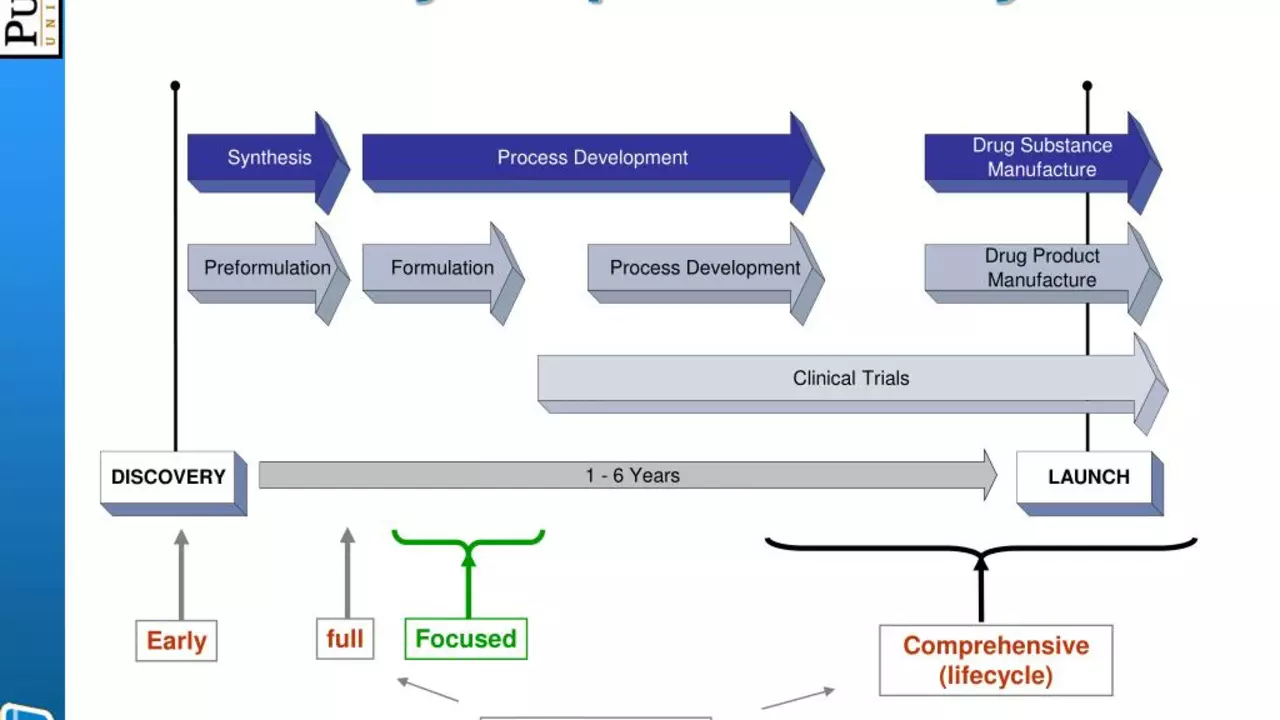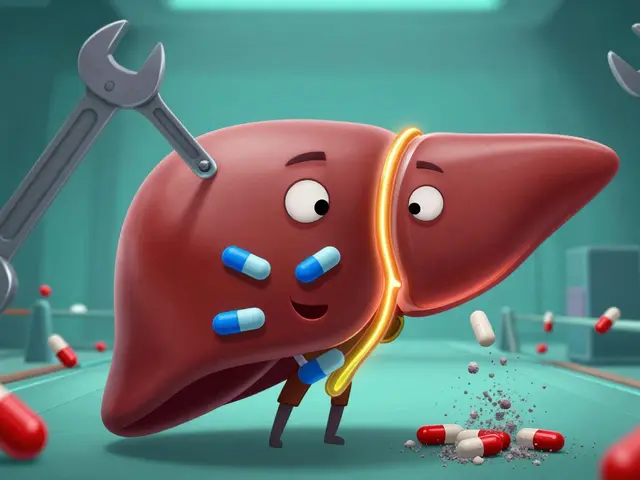Clinical trials: a practical guide to what they are and how to join
Clinical trials test new treatments, devices, or ways to use existing medicines. They’re how doctors learn what works, what doesn't, and what’s safe. If you’re thinking about joining one, this guide gives straight answers: how trials run, what to ask, and where to find them.
How clinical trials work
Trials usually run in phases. Phase 1 checks safety in a small group. Phase 2 looks for early signs of benefit and dose. Phase 3 compares the new treatment to the standard in a larger group. Phase 4 happens after approval to watch long-term effects. Each phase has rules, a protocol, and ethical oversight by an Institutional Review Board (IRB) or similar body.
Most studies use randomization and blinding. Randomization means participants are assigned by chance to different groups. Blinding hides which group a person is in to avoid bias. Some trials use placebos; others compare two active treatments. Safety is monitored by staff and often an independent Data Safety Monitoring Board (DSMB).
Before you join, you’ll go through screening. That checks if you meet inclusion and exclusion criteria—age, health status, prior treatments, and lab results. If eligible, you’ll get an informed consent document that explains risks, benefits, procedures, and your rights. Consent is your chance to ask real questions, not paperwork to rush through.
Practical tips for people thinking about joining
Start by talking with your doctor. Bring up how the trial fits your goals and other treatment options. Use reliable search tools like ClinicalTrials.gov, WHO ICTRP, or CenterWatch to find studies. Patient advocacy groups often list trials and can explain jargon.
Ask these specific questions: What is the main goal of the trial? What are the possible risks and side effects? How long is the study, and what visits or tests are required? Who pays for treatment-related costs, and is there compensation for travel? What happens if I want to stop early?
Read the primary outcome and study size. A small study may only show if a treatment is safe, not whether it’s better than standard care. Check if results will be shared and how long follow-up lasts. If you see unclear claims like "miracle cure," that’s a red flag.
Safety matters: report side effects right away. Trials have rules for early stopping if risks grow or benefits are clear. You can leave a study any time without losing standard care. Keep copies of consent forms and test results for your records.
Joining a trial can offer access to new therapies and extra medical attention, but it’s not a guaranteed benefit. Weigh the potential gain against time, travel, and possible side effects. If something feels off, ask more questions or seek a second opinion.
Want help finding a trial? Try ClinicalTrials.gov for U.S.-listed studies, WHO ICTRP for international ones, or contact local hospitals and research centers. Patient groups and trial coordinators can help with eligibility and logistics.
Clinical trials move medicine forward. With clear questions and realistic expectations, you can decide whether taking part fits your health goals and life. If you want, I can help search for trials in your area or suggest the right questions to ask the study team.

Cilostazol: A Comprehensive Review of Clinical Trials
In today's post, we delve into the comprehensive review of clinical trials on Cilostazol, a medication predominantly used for treating intermittent claudication. The trials show that Cilostazol effectively improves walking distance and relieves symptoms in patients. It also has potential benefits in cardiovascular and cerebrovascular disease prevention. However, it's important to note that like all drugs, it comes with its own set of side effects. Stay tuned for more detailed discussions on these trials.
Categories
- Medications (50)
- Health and Medicine (46)
- Health and Wellness (34)
- Online Pharmacy Guides (15)
- Nutrition and Supplements (7)
- Parenting and Family (3)
- Environment and Conservation (2)
- healthcare (2)
- prescription savings (1)



